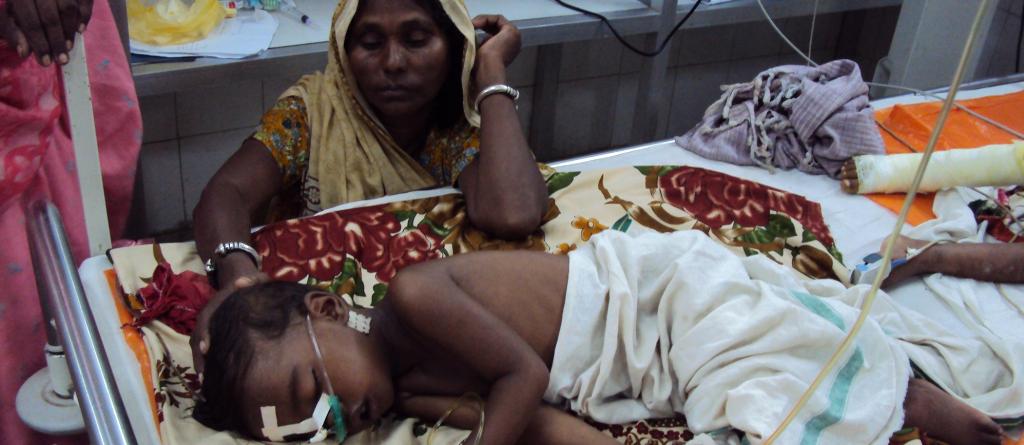

Doctors at Odisha’s Vimsar hospital say if primary healthcare improves, the death toll at bigger hospitals would be fewer



The lack of primary healthcare facilities leads to an increase in the number of infant deaths at bigger hospitals, a case study from Odisha shows.
Seventeen per cent of the infants (one year-olds) admitted to the Veer Surendra Sai Institute of Medical Science and Research (Vimsar) at Burla in Odisha’s Sambalpur district in 2019, died.
Being a referral hospital, Vimsar is flooded with infants from the whole of western Odisha and even neighbouring Chhattisgarh. Many infants come to Vimsar upon the reference of doctors at peripheral hospitals, doctors said.
The physical system of such infants, mostly months old, is not fully developed. They are quite vulnerable to infections and diseases, doctors said, adding that though most survive, many die.
Most of the infants admitted to Vimsar are from poor and marginalised families. The health condition of an infant largely depends on the health of his / her mother.
A total of 5,049 infants were admitted to Vimsar in 2019. Out of them, 876 died.
The special newborn care unit (SNCU), which admitted 2,870 patients recorded 220 deaths. On the other hand, a total of 2,229 infants were admitted in the neonatal intensive care unit (NICU), of which, 656 infants succumbed to their vulnerabilities.
However, Vimsar doctors said this was not abnormal.
“It is not considered alarming for a hospital if the death rate is below 10 per cent at SNCU and 30 per cent at NICU,” Vimsar superintendent Jayashree Dora said.
Her colleagues said the death rate in Vimsar’s SNCU was much lower as compared to many leading hospitals in India. On the other hand, the standard death rate in NICU is 40 across the country.
Vimsar hit national headlines in 2015 after 133 infants died there. Before that, nine infants had died within 24 hours in 2013. At that time, the hospital only had the SNCU, with 24 beds. The NICU was established soon after. Patient inflow at Vimsar increased over the next four years – 3,753 (2016), 4,301 (2017), 4,614 (2018) and 5,099 (2019).
The death rate has been minimised in these years due to better transport facilities from peripheral hospitals, doctors said. The number of deaths during these years are 856, 897, 943 and 876 respectively. The average yearly death rate is 893.
The hospital now has 36 beds in the SNCU and 12 beds in NICU, Dora said. There are four ventilators to cater to the need of the units. “Now, oxygen is supplied through mega cylinders. However, there is a proposal to supply oxygen through gas pipeline,” she said.
However, a lot has to be done to improve the situation further, said doctors. A nine-storey building was constructed three years back to house the SNCU and NICU. But it may not be enough as the building has not got fire safety clearance due to its lopsided construction.
The Vimsar authorities have sent a proposal to the state government for the construction of a new, specialised, state-of-the-art paediatric complex just outside the Vimsar compound.
We are a voice to you; you have been a support to us. Together we build journalism that is independent, credible and fearless. You can further help us by making a donation. This will mean a lot for our ability to bring you news, perspectives and analysis from the ground so that we can make change together.
India Environment Portal Resources :

Comments are moderated and will be published only after the site moderator’s approval. Please use a genuine email ID and provide your name. Selected comments may also be used in the ‘Letters’ section of the Down To Earth print edition.